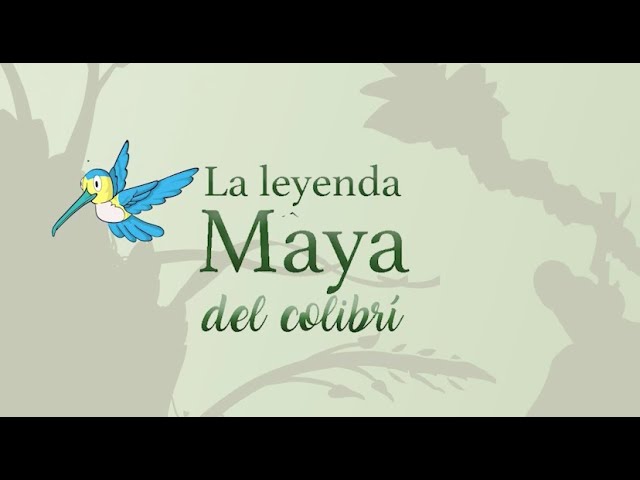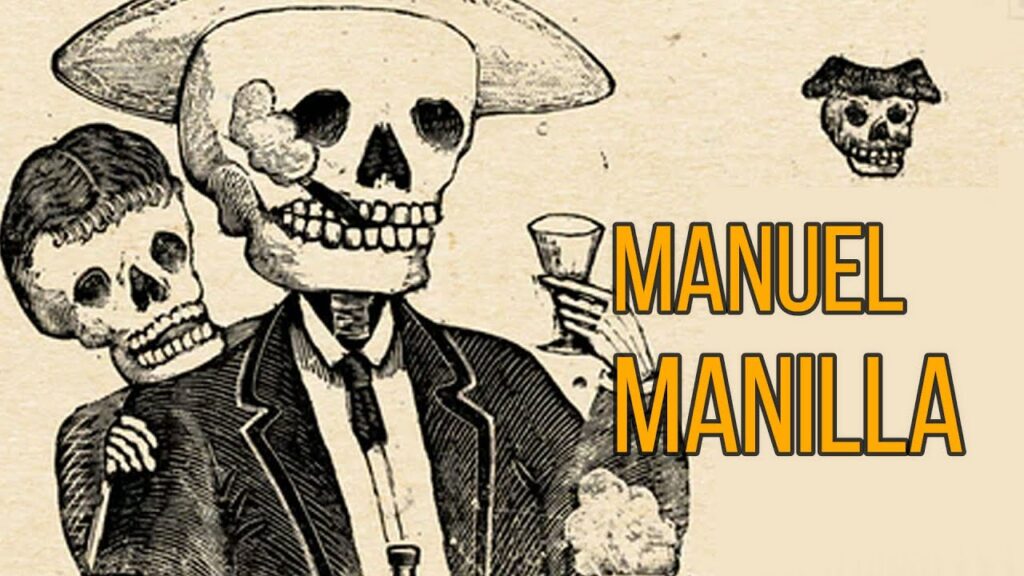The Enchanting Legend of the Hummingbird: An Introduction
Mexico, a land woven with myths and legends, holds the hummingbird in high regard, a creature as mysterious as it is beautiful. Revered since ancient times, this tiny bird has captured the hearts and imaginations of many cultures throughout the country. The legend of the hummingbird is a tapestry of love, spirituality, and rebirth, emerging from the rich heritage of the indigenous peoples.
In the spiritual beliefs of the Aztecs, the hummingbird held a significant place. Huitzilopochtli, their god of war and the sun, was often depicted as a hummingbird or associated with its image. Warriors who fell in battle were believed to be reborn as these delicate creatures, fluttering from flower to flower, signifying the eternal cycle of life and death. The warrior-spirit of the bird represents resilience and the idea that life continues in different forms.
The hummingbird is also a symbol of love and happiness. According to one enchanting legend, the gods created the world and all its creatures, leaving the hummingbird to bring joy and love to the earth. Thus, it’s said that seeing a hummingbird brings moments of happiness and also signifies the presence of loved ones who have passed away, reminding us that they are still with us in spirit and in the beauty of the world.
Beyond the borders of mythology, these birds are a wonder of nature, embodying remarkable abilities and fascinating behaviors. With wings that beat at incredible speeds and the capacity to hover in mid-air, hummingbirds can access the nectar of flowers like no other bird, playing a vital role in the ecosystem as pollinators. Their vibrant, iridescent feathers glint in the sunlight, making them appear as if they are messengers of the gods, carrying the sun’s brilliance on their backs.
Exploring the dense jungles and lush landscapes of Mexico, adventurers are often on the lookout for these mythical creatures. Amongst ancient ruins and cascading waterfalls, the hummingbird flits with an elegance that captures the essence of the nation’s spirit. Each sighting is a reminder of the enduring legend that surrounds these birds, inviting travelers to delve deeper into the mystical stories etched into the fabric of Mexican culture.
First Tale: The Hummingbird as a Messenger of Love
Steeped in the rich tapestry of Mexican folklore, the hummingbird is not just a mere marvel of nature when glimpsed flitting among the colorful flora. To the ancient cultures that once ruled these lands, these vibrant birds were seen as divine messengers, carriers of love and joy. Little wonder that tales spun around the hummingbird often revolved around affairs of the heart, giving it a prominent place in mythology and tradition.
In one such legend, it is said the gods created the hummingbird from the leftover fragments of the brightest jewels – diamonds for its clarity, emeralds for its grace, and rubies for its heart – thus conferring upon it an otherworldly aura. Travelers to Mexico today can witness the spellbinding dance of these birds and feel the ancestral spirits weaving a connection between the present and the past, igniting stories of passion and devotion.
Indigenous lore often tells of the hummingbird’s unique role as the ambassador of love. Should you receive the visit of this delicate creature, it could be interpreted as a sign that love is near, or a reminder to cherish the love currently gracing your life. This mystical belief endures in the customs of many local communities, reminding us all to take notice of the small winged heralds that still dart through Mexico’s landscapes.
The hummingbird’s symbolic connection to love is also celebrated in local art and literature, with poets penning verses that liken its ceaseless energy to the beating of a lover’s heart, tirelessly pursuing the sweetness of life. Adventure seekers traversing Mexico’s diverse regions may find themselves enamored not only by the enchanting scenery but also by the cultural romance imbued in every whispered legend of these ethereal birds.
Second Story: The Hummingbird Warrior in Mexica Beliefs
Within the rich tapestry of Mexica myths and legends, the hummingbird holds a place of intriguing prominence. These diminutive but fiercely independent birds are imbued with significant meaning and symbolism. To the Mexica, or more commonly known as the Aztecs, the hummingbird was associated with war and the sun, an embodiment of vigor and light. Warriors would look upon them as divine messengers, carrying the souls of the fallen bravely into the afterlife.
The Mexica people worshipped Huitzilopochtli, the god of the sun and war, who was often depicted in the likeness of a hummingbird. His name, a combination of “huitzilin” meaning hummingbird, and “opochtli,” meaning left, resonates with the spiritual connection between the bird and the deity. It is said that Huitzilopochtli guided the Mexica to the site where they founded Tenochtitlan, the heart of their great empire, now the site of modern-day Mexico City.
Stories abound of the hummingbird warriors, or ‘huitzitzilin’, reputed to be the reincarnated spirits of fallen soldiers. It was believed these spirits would return to the mortal world, seeking the nectar of flowers, much like they sought the glory of combat in their previous lives. This association with warriors elevated the significance of the hummingbird, giving them a sacred space in Mexica society.
Aside from their connection to war and the afterlife, hummingbirds were also symbols of love and fertility. Couples looking to conceive would often use amulets or imagery of the bird to invoke its inherent life-giving energy. Thus, the hummingbird held dual sway over both the creation of new life and the honoring of those who had departed from this world.
As we explore Mexica culture and its enduring legacies, the legend of the hummingbird warrior remains a captivating chapter. It is a potent reminder of the complex belief systems and the rich spiritual symbolism that permeated every aspect of Mexica life. Today, the reverence for these tiny warriors persists, as they continue to flit about the vibrant landscapes of Mexico, forever stitched into the cultural fabric of the nation.
Third Narrative: The Hummingbird and the Day of the Dead
The Day of the Dead, or ‘Día de Muertos’, is a traditional Mexican holiday that celebrates and honors deceased loved ones. Amongst the vivid marigolds and sugar skulls, a lesser-known symbol flutters through the festivities—the hummingbird. In Aztec mythology, the hummingbird is believed to be a reincarnation of the dead warriors, who return to the Earth to provide guidance and hope. The tiny bird’s association with energy, vigor, and zest for life makes it a fitting emblem for a day that vibrates with both poignancy and celebration.
During the Day of the Dead, which spans from October 31st to November 2nd, many families create altars, or ‘ofrendas’, decorated with items meant to welcome the spirits back to the realm of the living. Amidst the offerings of food, photographs, and candles, one can often spot images or figures of hummingbirds. Crafted from materials such as paper or felt, these representations embody the spirit’s journey and are believed to attract the souls of the loved ones, assuring them that they are neither forgotten nor truly gone.
While the hummingbird plays a more subtle role in the Day of the Dead observances compared to other symbols, its significance to those who understand its cultural and spiritual meaning is profound. As families gather in cemeteries, their laughter intermingling with music and stories of those passed, the fleeting glimpse of a hummingbird hovering near an ofrenda brings a comforting reminder. It embodies the continuity of life, a messenger of joy and the undying bond between the living and the deceased.
Exploring the Symbolism of Hummingbirds in Mexican Culture
The hummingbird, or ‘colibrí’ in Spanish, holds a special place in Mexican culture, revered for its unique qualities and symbolic significance. These effervescent creatures are not just a delight to watch as they dart through the skies with incredible precision and agility; they are also steeped in rich cultural symbolism that dates back to ancient times.
The Hummingbird in Aztec Mythology
In Aztec mythology, hummingbirds were associated with the sun warrior and deity Huitzilopochtli. Legend has it that fallen warriors would be reincarnated as hummingbirds, fluttering around the Earth, symbolizing the enduring presence of past heroes. This association with warriors gave hummingbirds a status as emblems of strength, resilience, and courage, despite their small size. The importance of hummingbirds was so profound that they were often depicted in Aztec art, rituals, and even war attire.
Hummingbirds as Bearers of Love and Good Fortune
Apart from their warrior-like symbolism, hummingbirds in Mexico are also considered messengers of love and good fortune. It’s often said that if you spot a hummingbird, it’s bringing you love and joy. In Mexican folklore, it’s believed that if a single person sees a hummingbird, it is a sign that he or she will soon find true love. For married couples, hummingbirds are seen as a sign of happiness and fidelity. Their presence is taken to heart, and their image is commonly used in love charms and wedding decorations, symbolizing the sweet nectar of love that is to be shared between partners.
Connection with Nature and Spirituality
Beyond mythology and love, hummingbirds hold a profound connection to nature and spirituality in Mexican culture. They are often seen as a bridge between the material world and the spiritual realm, and their ability to hover in place is thought to represent an ability to stop time and appreciate the moment. This connection has made the hummingbird a symbol of freedom, joy, and life itself. As carriers of hope and renewal, these birds remind us of the beauty and intricacy of the natural world and its cycles.



